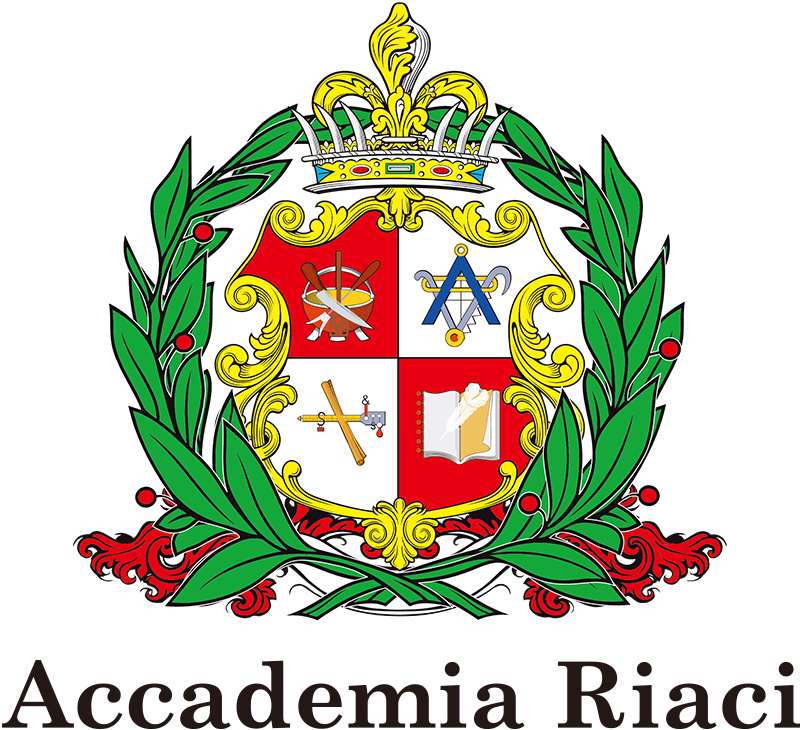NEWS and Blog
Sep. 26, 2014 | Posted in Reports, Shoemaking | Tags: Shoemaking, Morita
Staff Blog≫ Shoemaking: Adhesive method, Norwegian-style stitching, McKay stitching
接着製法・ノルベジェーゼ製法・マッケイ製法 6.5.2014
・Norwegian-style shoe has a chain stitches on the side part. (left photo)
・Students insert a metal shank into the back side of the shoe and then glue leather on the top of it. They put cork in the front half of the shoe to adjust its shape. (central photo)
・The same piling-up procedure is performed when producing a rubber heel. (right & 2nd row left photos)
・ノルベジェーゼ製法の靴。靴の横にチェーンの縫いがあるのが特徴です。(左)
・靴の後ろ側には金属製のシャンクを入れ、その上に革を貼り付けます。半分より前にはコルク を入れて形状を整えます。(中)
・ゴム素材で踵を作る場合も革の踵と同じ手順で積み上げで作業を行います。(右、下左)
・When producing adhesive method pumps, students attach the heel with screws from the inside after removing the shoetree. (central photo)
・Students glue on a thin sponge sheet to cover the screw heads, then glue a leather insole on the top of it to complete their work. (right photo)
・接着製法のパンプスでは木型を抜き取った後に内側からネジを入れて踵を固定します。(中)
・ネジを入れた部分に薄いスポンジを貼り、その上に中敷の革を貼り付けて完成です。(右)
・For adhesive method pumps, students even out the sole surface using a file before gluing on the outsole. Although inserting cork is not common for the adhesive method, big unevenness can be adjusted by gluing on materials such as leather. (left photo)
・Students draw the shape of metal parts when designing shoes with a belt. (central photo)
・Just like Goodyear stitching shoe, a groove needs to be made on the sole surface of a hand-sewn McKay stitching shoe. (right photo)
・接着製法のパンプス底付け。靴の裏面をヤスリで慣らした後に本底を貼り付けます。
接着製法ではコルクなどの中物は入れないのが通常ですが、凸凹が大きい際には革などを貼り付けて調整を行います。(左)
・ベルトの靴を作る場合はデザインの時から使用する金具の形状を描いておきます。(中)
・手縫いのマッケイ製法。グッドイヤー製法の時と同じ様に底面に縫いの溝を作ります。(右)











